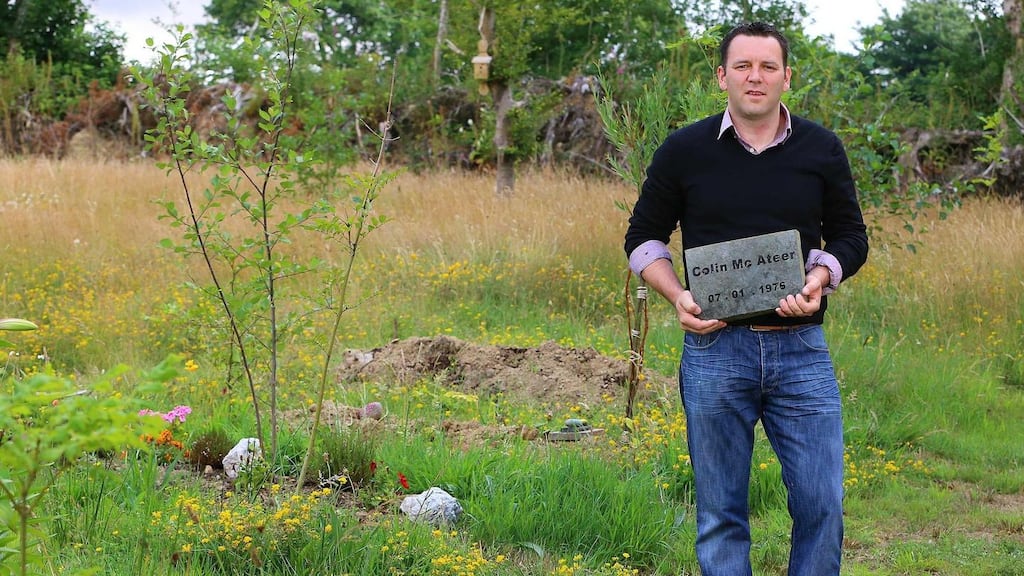Colin McAteer was making a coffin when we talked on the phone. It was a willow coffin, one of about 40 a week sold by his company Green Coffins Ireland. He is not the only natural coffin manufacturer and he reckons up to 8 per cent of people in urban areas choose an ecocoffin as their last single-use product in this life. Willow, cardboard or unvarnished timber are all options that rising numbers of people are choosing now, especially for cremation. There are still plenty of plastic brass-effect handles on varnished timber coffins lined with polyester satin, but it may be a waning trend. Dying green is the natural end to living green, and it’s a growing business.
McAteer’s other venture is Woodbrook Natural Burial Grounds, in Co Wexford, Ireland’s first natural burial ground, a cemetery that looks nothing like our modern idea of one. Last month more than 100 people came to an open day, to his surprise. “We weren’t expecting that many people. I mean, we’re a graveyard,” he says. On the seven-acre site, bluebells grow under mature trees in spring, wildflowers sway in unmown grass, and the young native saplings planted on the first graves in 2010 have formed a closed canopy avenue of summer shade.
Natural embalming fluids are becoming the norm, Colin McAteer says. A few people he can think of, he says, chuckling, have probably accomplished some self-embalming using the alcohol method
Woodbrook is one of only two natural burial grounds in Ireland. They are far more plentiful in the UK and continental Europe. The second Irish one is Donagh Hawtin’s Knockma Woodland Burials in Belclare, near Tuam in Co Galway. “We’re across the road from a place called Maidswood,” she explains. There are no trees there now, but the name would have come from a natural burial ground, she says, where women and children were buried.
Hawtin has been astounded by the number of pre-death sales of plots to people who have visited her woodland burial ground. The traditional gravelled graves of a cemetery with manicured or plastic grass are not found in Knockma. It’s a woodland. Graves are marked with a tree or a stone that lies flat. Burial is also a little less deep, around 150cm as opposed to the traditional 182cm. Double graves are side by side rather than stacked as they would be in cemeteries. “If you’re down deeper there’s no oxygen there,” she says. The oxygen and soil life play a part in the natural composting process.
READ MORE
Funeral-home practices such as embalming in formaldehyde are also changing. Natural embalming fluids are becoming the norm, McAteer says, and there are alcohol-based fluids that are far less toxic than formaldehyde. A few people he can think of, he says, chuckling, have probably accomplished some self-embalming using the alcohol method. He doesn’t insist that people forgo embalming to be buried in Woodbrook; he doesn’t want to interfere with the profound healing power of the Irish wake. “There’s something that beds in when 100 people shake your hand and tell you they’re sorry for your trouble.”











